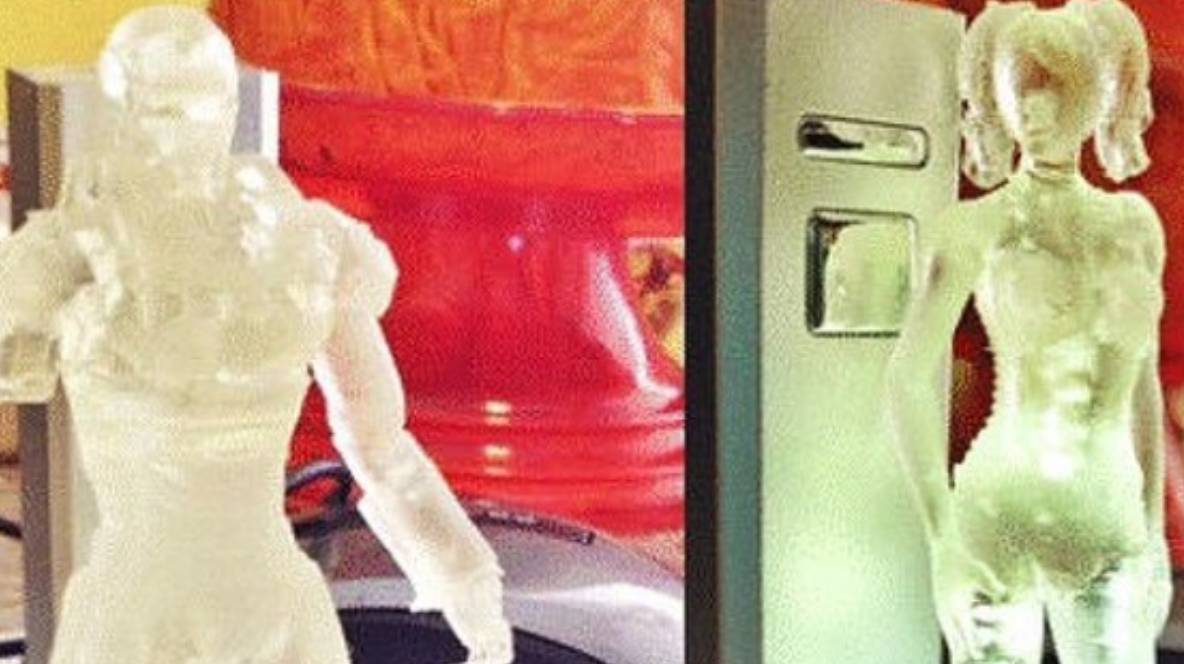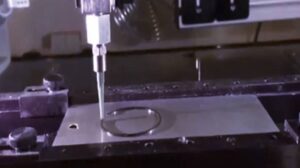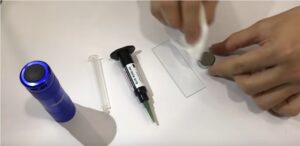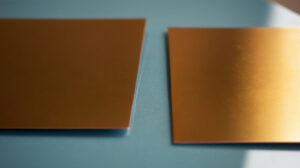Resin’s crystal-clear shine is a thing of beauty, but for many crafters, the joy fades as their once-pristine creations succumb to a dreaded enemy: yellowing. Fear not, fellow resin enthusiasts! Here, we’ll unveil the science behind resin yellowing and equip you with strategies to prevent it, or at least slow it down significantly.
Why Does My Resin Turn Yellow?
Several factors can contribute to the frustrating phenomenon of resin yellowing:
- The Ultraviolet (UV) Culprit: Sunlight and even some artificial lights emit UV rays, which are the sworn enemies of clear resin. These rays break down the polymer chains within the resin, causing a gradual yellowing effect.
- Heatstroke for Resin: High temperatures accelerate the yellowing process. This is especially true for projects displayed in direct sunlight or stored in hot environments.
- Mixing Mischief: Not following the recommended resin-to-hardener ratio disrupts the curing process. An improper mix can leave uncured resin, which is more prone to yellowing.
- Resin Recipe Matters: Some resin formulations are inherently more susceptible to yellowing than others. Opting for UV-resistant resins with stabilizers can significantly slow down the yellowing process.
- Overdoing the Cure: While under-curing leads to tackiness, over-curing can also contribute to yellowing. Stick to the manufacturer’s recommended curing times for optimal results.
Combating the Yellowing Menace: Solutions and Prevention
While there’s no magic bullet to completely reverse yellowing, here’s how to fight back:
- Embrace UV Protection: Limit your resin project’s exposure to direct sunlight. Consider displaying them in areas with indirect light or utilize UV-protective coatings for added defense.
- Temperature Control is Key: Store and cure your resin projects in cool, dry environments. Avoid excessive heat sources like radiators or direct sunlight.
- Mixing with Precision: Invest in accurate measuring tools and meticulously follow the recommended resin-to-hardener ratio for optimal curing and minimal yellowing.
- The Power of UV-Resistant Resins: When possible, choose resin formulations specifically designed with UV stabilizers to combat yellowing. These might cost slightly more, but the long-term benefits are worth it!
- Curing with Care: Adhere to the manufacturer’s recommended curing times and temperatures. Over-curing won’t prevent yellowing and might even exacerbate it.
Living with a Little Yellowing:
For existing yellowed projects, some limited solutions exist, but results may vary:
- Polishing: For minor yellowing on a smooth surface, gentle polishing with a micro-abrasive compound might help. However, this can be risky and damage the resin if not done cautiously.
- Embrace the Vintage Look: Sometimes, a touch of yellowing can add a vintage charm to your project. Learn to appreciate the aged aesthetic!
Conclusion:
Understanding the reasons behind resin yellowing empowers you to take preventative measures and create beautiful, long-lasting resin projects that retain their clarity for years to come. By implementing these strategies, you can outsmart the yellowing and ensure your resin creations continue to sparkle with pride!









